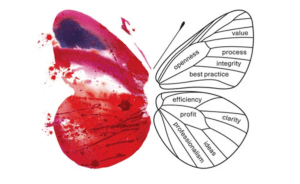
Avoid Costly Surprises: Reduce Risk in B2B Service Engagements
For successful IT engagements, identifying and mitigating risks with a Risk Breakdown Structure (RBS) is vital. An RBS, a hierarchical model of project risks, encourages comprehensive risk identification, effective response planning, improved risk communication, and ongoing risk monitoring. Creating an RBS, while requiring effort, is achievable with a structured approach. By categorizing risks as technical, management, organizational, and external, then regularly updating, an RBS can greatly reduce negative project outcomes.




